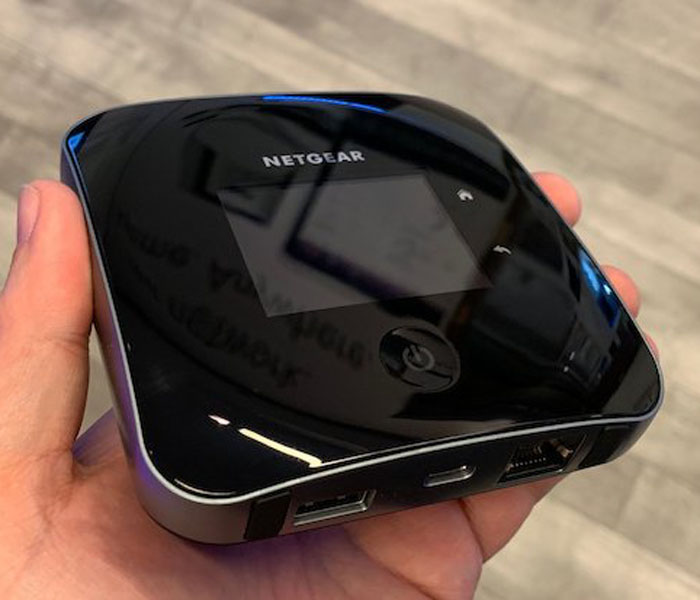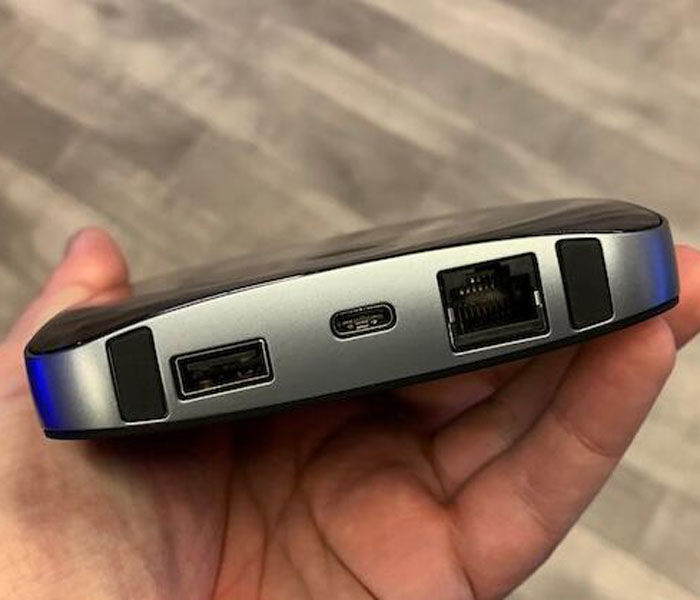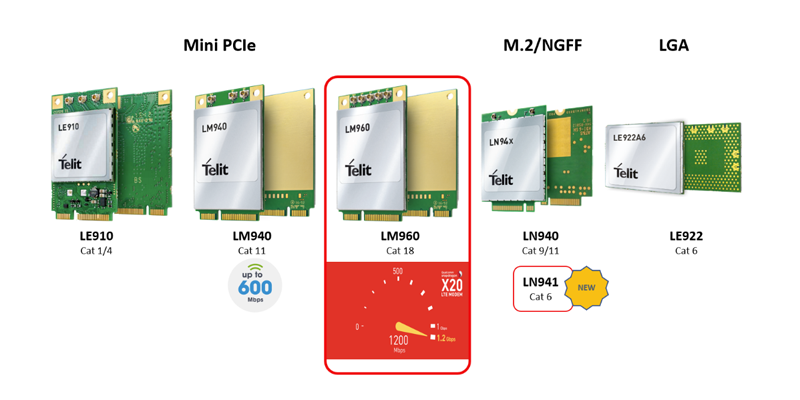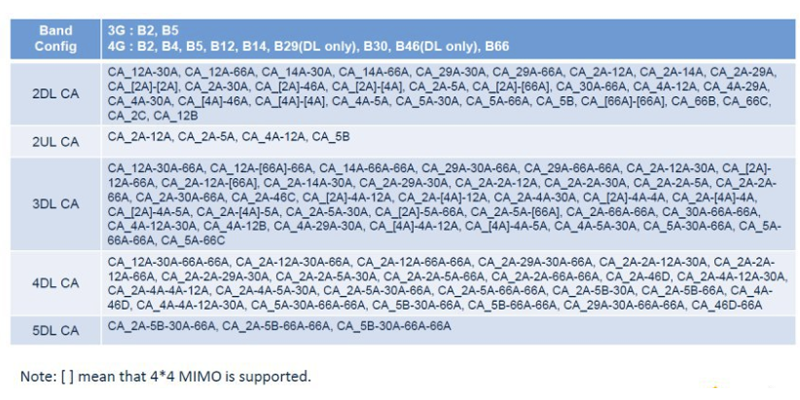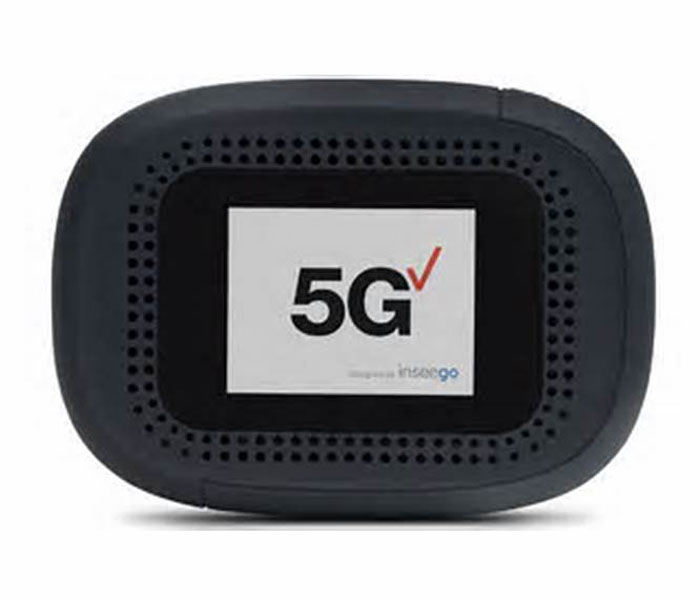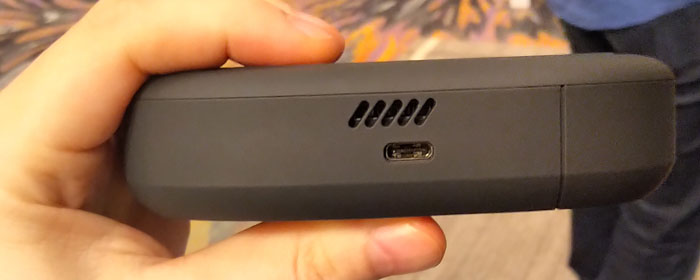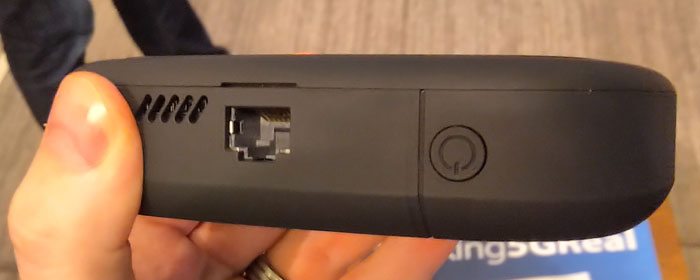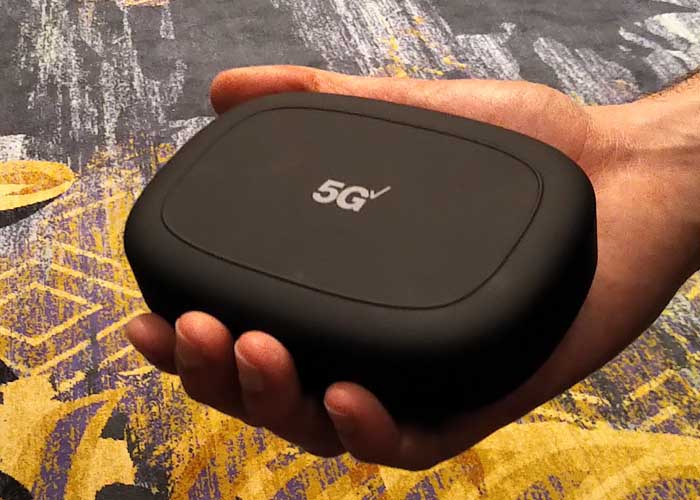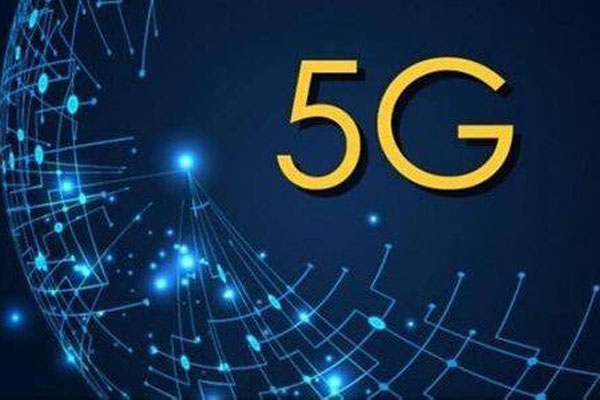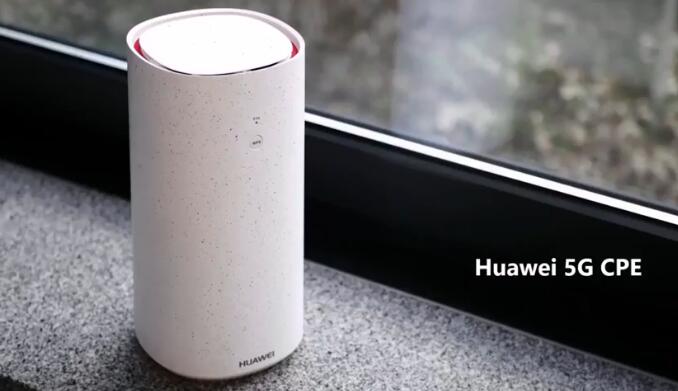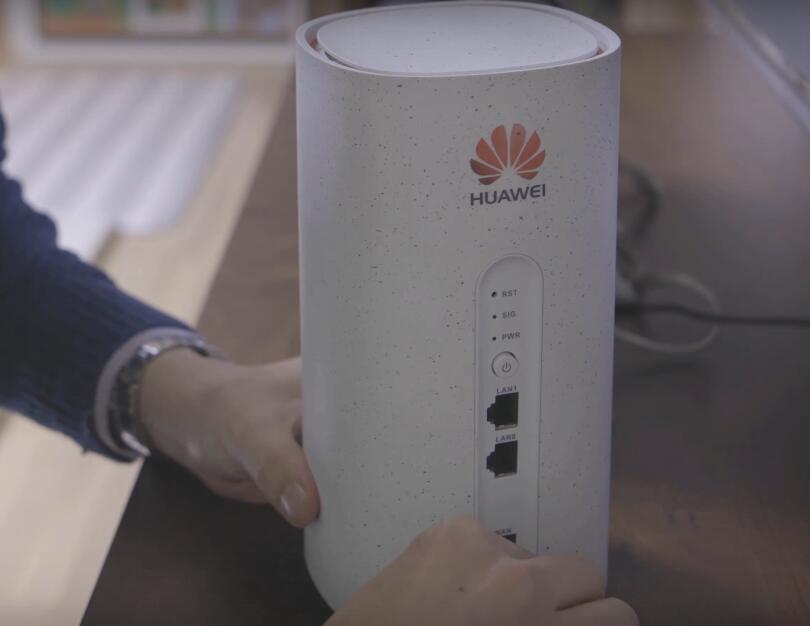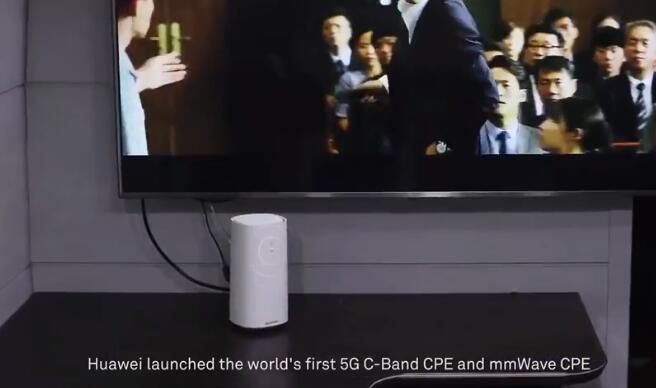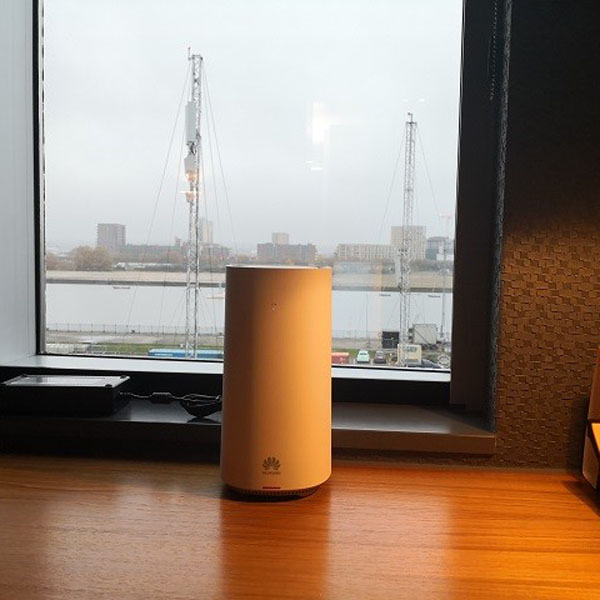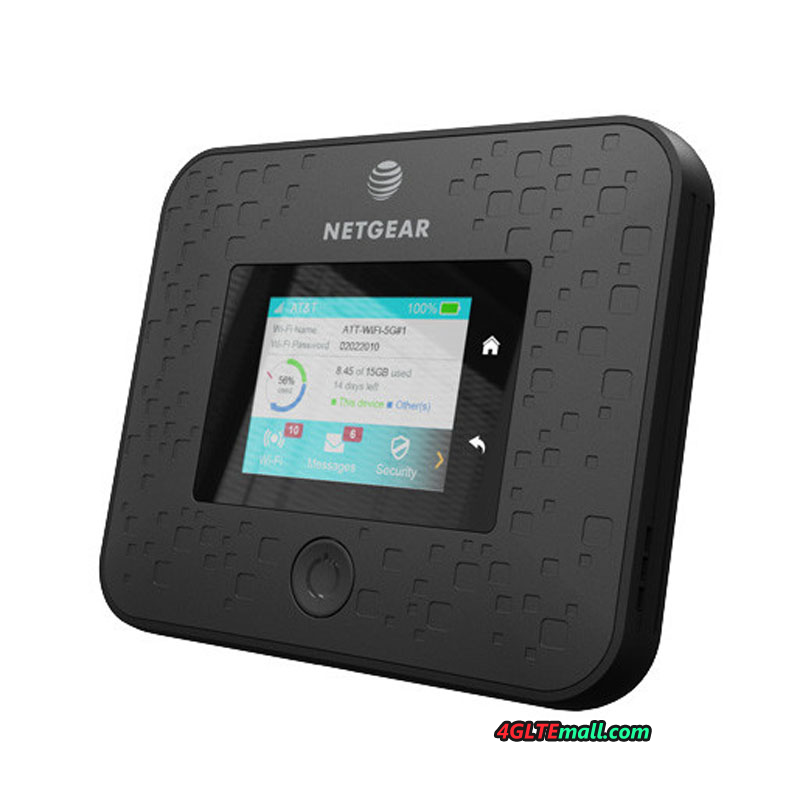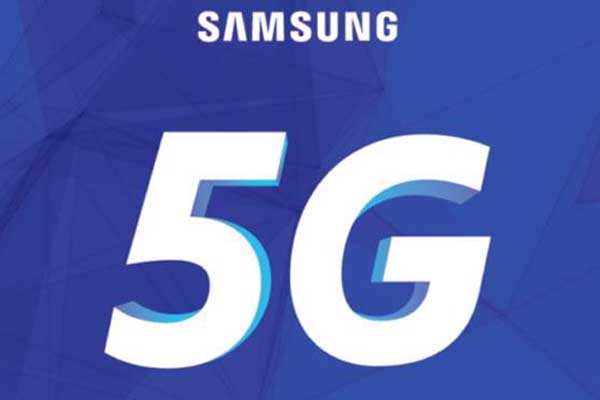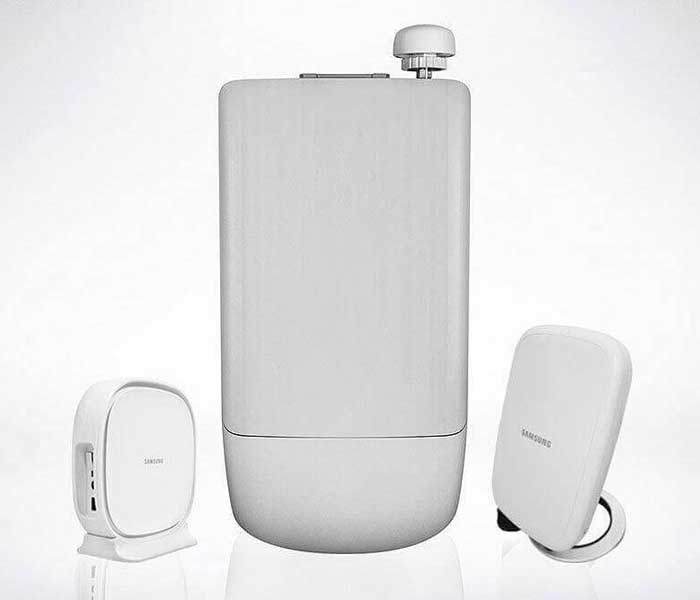The hyperlinked community of 5G revolutionary technology is soon a reality. It means a huge number of things connected to the network, high speeds, minimal delays, increased reliability, and brand new opportunities for using the web.
What is 5G?
5G will give us two main types of communication solutions: The first gives us a mobile broadband network with higher capacity and improved user experiences. The other main type provides a 5G network that will allow special online solutions for many different purposes with different functionality requirements. There will be billions of things connected to the web, for very fast response times, and for increased security and reliability.
The big difference between the 5G and previous generations is that the 5G is designed to provide networks and services to various industry and community-driven devices, as well as services and networks for the smartphone.
What are the 5G applications?
In addition to mobile broadband, 5G will be offered as fixed broadband access to households and businesses in areas without fiber networks. Broadcasting of radio and television will also be facilitated. Emergency services will have their own safe and effective solutions for crisis situations, including coordination of communication with audio, video, maps, positioning, first aid, drones management, etc. Enterprises, government agencies and households will be able to create their own “private” networks of sensors and machines that can be controlled and controlled via the network. Vehicles will be connected and combined for safer and more efficient traffic congestion. In the health sector, 5G could be used for telemedicine for diagnosis and treatment of patients wherever they are. Within the energy sector, 5G could be used for measuring and controlling production, distribution and consumption in more environmentally friendly and cost-effective ways. Within the food industry, 5G will enable more efficient and environmentally friendly production and distribution with the use of sensors that monitor and quality assure the entire food chain from sea, field and farm to the dinner table.
5G is expected to be a driver in the digital transformation of the future ICT community, such as smart and smart sensor and communication solutions, autonomous transport solutions and emergency networks. Individuals will experience new and improved digital services on their smartphone delivered over 5G. These services will be much faster, more accessible and safer than today’s services. Private individuals will also benefit from sensor and communication solutions for smart cities, autonomous transport solutions and emergency networks. Other 5G services will exploit the available rate and improve the security of virtual or custom reality transfer, for example to “hospital in ambulance” or firewall support systems.
When does 5G come?
From the start, 5G will gradually be built on top of the 4G network. 5G technology is standardized in two phases, in 2018 and 2019 with international approval in 20201 2, but it is difficult to determine when 5G is widely available.
5G is being developed and piloted in Europe, Asia and the United States. During the Olympics in South Korea, it was tested among other things. 360-degree TV services and use of 5G based robots. Commercial development is expected to start in 2020 as needed, but there will not be a massive deployment that we have seen for 3G and 4G. In the coming years, international research and innovation within 5G will focus on evaluation of 5G.
The 5G will come with a number of new and unique features, compared to the 4G network which we have become accustomed to. Three key examples of areas that will delight in 5G, so-called industry verticals, are autonomous transport solutions, the energy sector and the media industry. A thoughtful transport solution may be the intersection of cars (“platooning”) with communication between the cars and from the cars to the network, which requires extremely low latency and strong robustness. This will make it possible to synchronize cars and traffic signals for optimal driving speed and density of cars under all conditions.
However, for the energy sector, a massive IoT system with large amounts of sensors that still provide new information and data for monitoring, control and mainframe analysis can be critical.
Within the media world, it would be possible for consumers to have access to a 5G high-speed network that enables high-quality streaming in real time, preferably with an AR experience as well.
What are the 5G features?
There are especially five features of 5G that provide great potential for new applications, helping drive the hyperlinked community and enable much of the revolutionary technology we hear about otherwise:
- Skid network
5G enables operation of a more flexible and programmable network. This becomes possible through the use of new technology for logical or network slices. Various logical networks will be created at the top of this extremely flexible infrastructure and will provide as diverse devices on the network as the application requires. This means in practice that it will be perceived as services with very different needs, such as healthcare, industrial areas and autonomous vehicles, each having their own network, within the same network – tailored to their needs, and without compromising each other.
- Robustness and Quality Guarantees
This segmentation also enables guaranteed service quality (QoS) to be provided to different industries, services and applications – which are especially important for critical functions (such as health and emergency services, transportation and industrial production) and also make it safer to become more digital. It ensures robustness in the network, which allows services with zero tolerance for outcomes, errors and delays, to deploy web-based services and systems in a completely new way.
- Extremely low delays
5G will offer much lower delays in the network than before, some estimating down to 1ms. In a 4G network, the delay is about 25 ms. As mentioned above, this will be especially important for self-propelled cars – which can communicate for both safer and more efficient transportation, when a car knows that the front of the car slows down in what it does, one is both secured against a potential collision and can Avoid cuts in synchronized motion. Also in health, low delays can be considered as essential, for example, using remote-controlled robot surgery – which you will not have any delays but have near perfect response time from machine and patient at a hospital to the doctor who controls the operation from another hospital. 5G offers ultra reliability in these delays for Ultra Reliable Low Latency Communication (URLLC).
- Possibility of massive volumes of things connected to the net
The 5G technology will also enable a large number of things connected to the network, called massive machine type communication (mMTC). We already see that most people have a smartphone, but the vast growth of connections is sensors, machines and things that are connected to the network – so-called Internet of Things or the Internet of Things (IoT). These things also have very different needs: some will exchange tiny amounts of data and ensure long battery life (as a parking sensor dug down in the asphalt) while others, like a self-propelled car, have plenty of power but will transfer large amounts of data to cloud. Should all the technology now expected within the broad IoT concept be used, one must have a network that can handle such massive volumes of things on the same network. It offers 5G, which enables one million connected stuff on the same network per square kilometer.
- High speeds
The least radically different from 4G to 5G, yet remarkable, is the development of the speed of the network we will be able to offer. This is not only necessary to meet the strong growth in data traffic in the web as we already see, as more content requires large amounts of data. An example here is if more and more are going to stream 4K quality video. It also means that brand new applications are emerging. For example, far more advanced features and operations can be done in the “cloud” because data is transmitted quickly in the web and does not need to be stored or processed locally. This allows mobile devices to become more advanced, and do more demanding things than we have been used to.
Some of these properties will also be incorporated into the 4G network, which is constantly evolving (so-called 4,5G). This means that they will be available also where there is no 5G coverage, but you will still use 4G. It is therefore a continuous development of the 4G network as well, which will be in the process of digitizing society. The 5G will allow brand new applications for the technologies we already have, and be necessary to utilize the technologies we expect to come. The practical consequence of this is that if we are ready to take advantage of all the opportunities offered by new technology, we rely on better digital infrastructure than we currently have.
